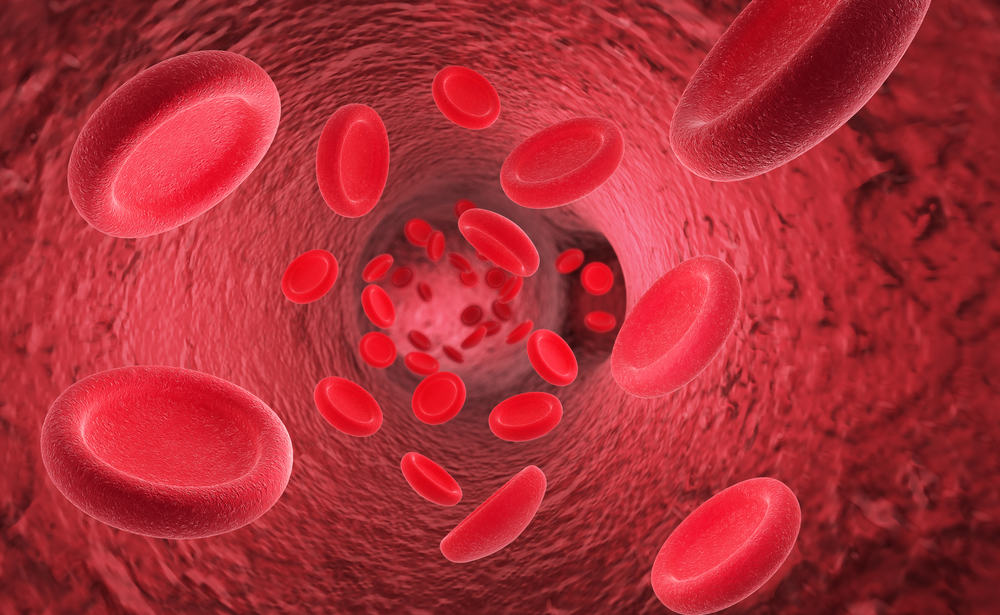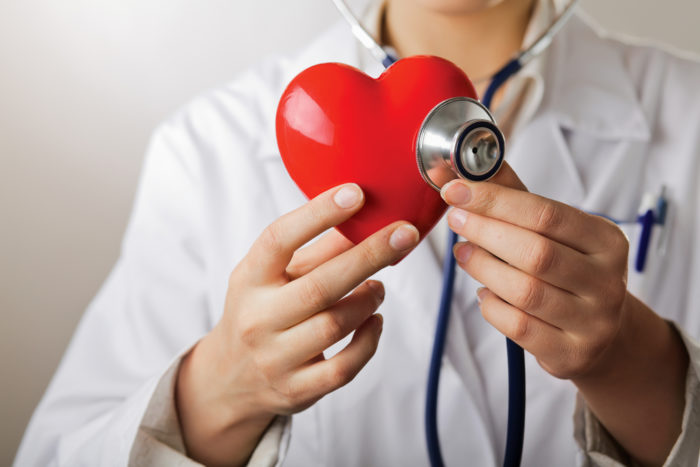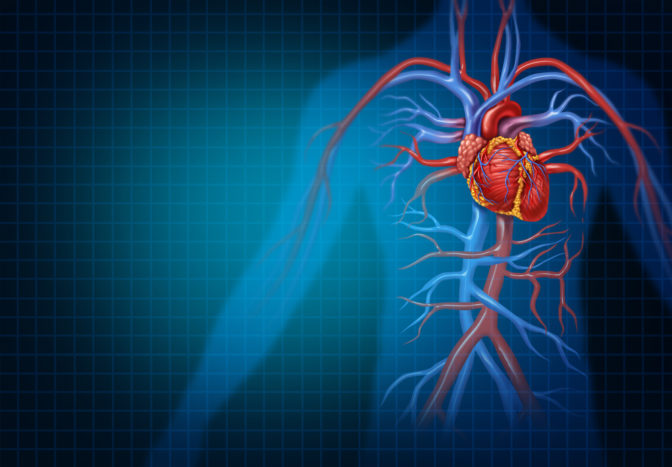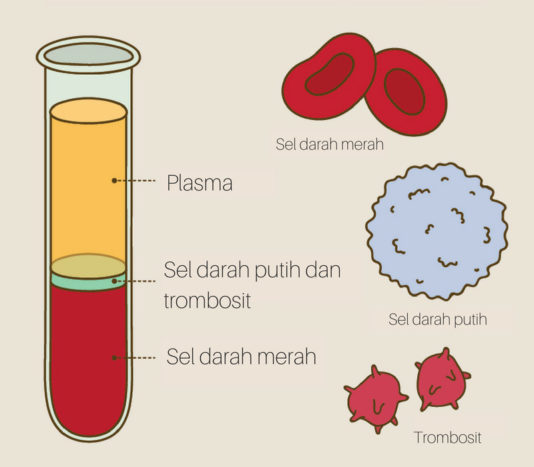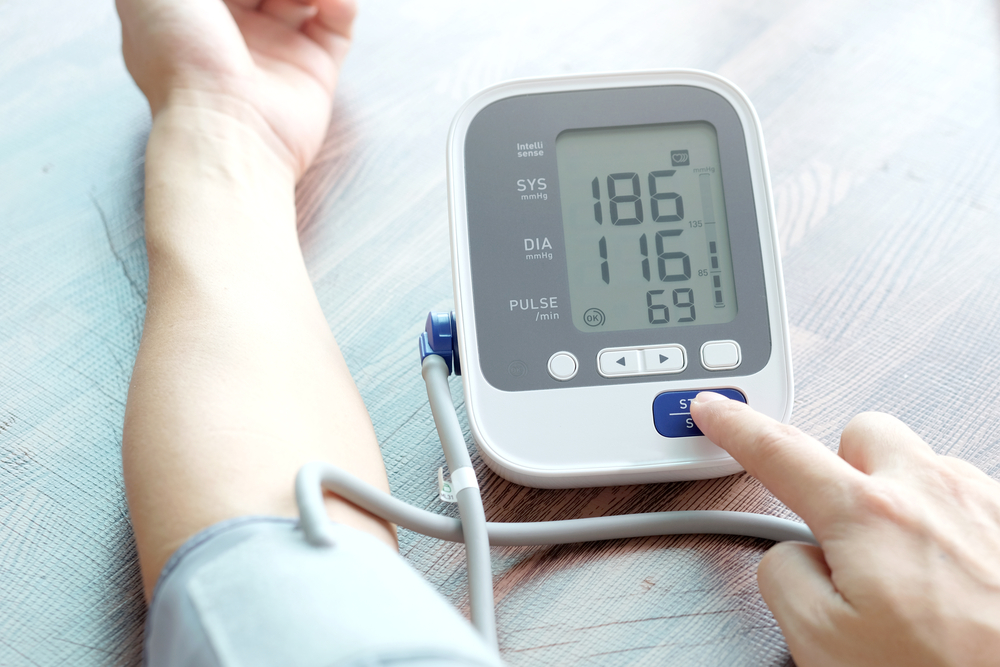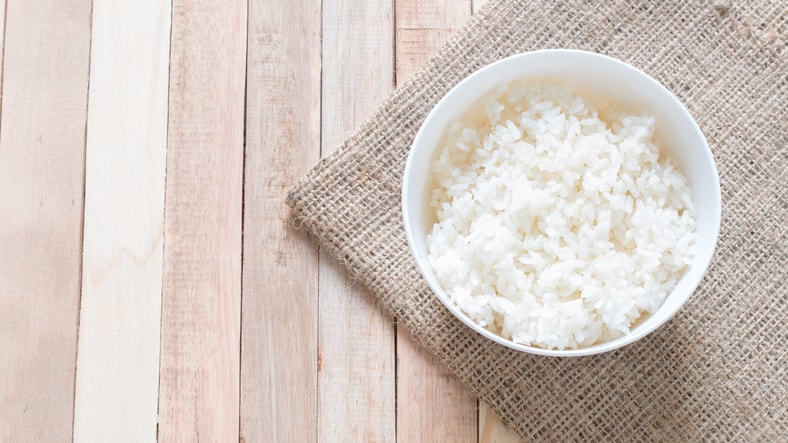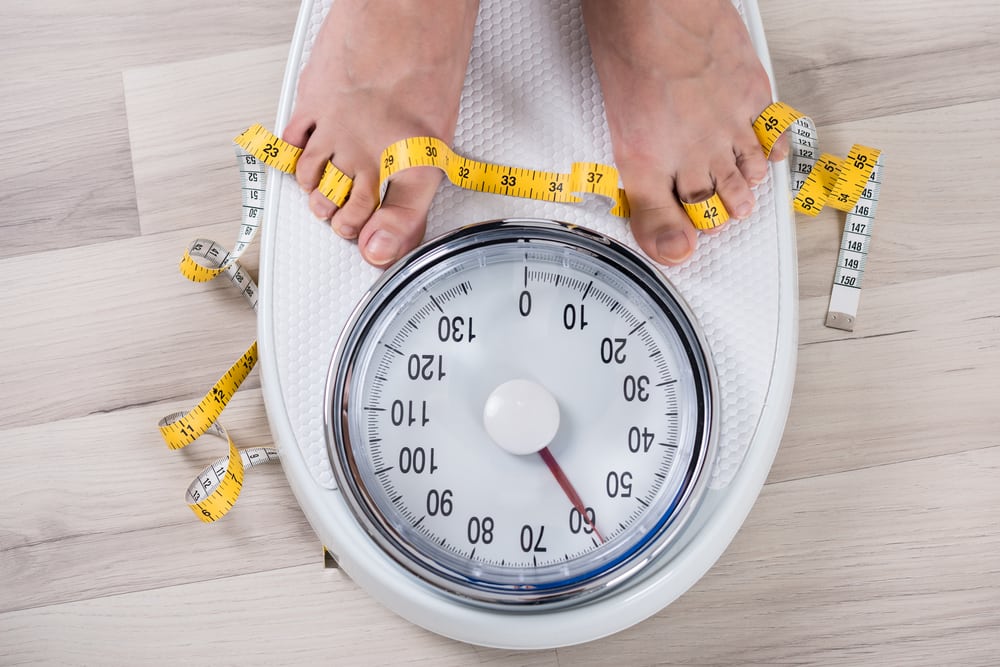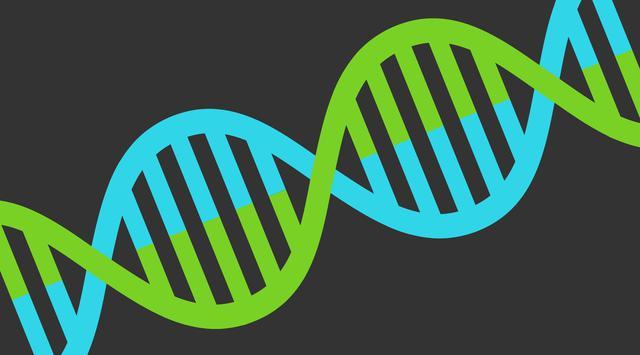Contents:
- Medical Video: The Heart and Circulatory System - How They Work
- The main component of the circulatory system in humans
- 1. Heart
- 3. Blood
- The mechanism of the circulatory system in humans
- Systemic blood circulation
- Pulmonary blood circulation
- Diseases that can interfere with the circulatory system
Medical Video: The Heart and Circulatory System - How They Work
The circulatory system, also known as the cardiosvacular system, has an important role in flowing oxygen, nutrients, electrolytes, hormones, and so on to cells throughout your body.The circulatory system in humans has three important components, with each component interrelated with each other.
Learn more about the circulatory system in humans in the following article.
The main component of the circulatory system in humans
The circulatory system in humans is composed of several components that play a role in the transport of blood in the body. The following are the three main components of the circulatory system in humans:
1. Heart
The heart is the most vital organ in the human body. This one organ acts to receive and pump blood throughout the body. Letak heart is between the lungs, in the middle of the chest, precisely on the left back of the breastbone. The size is about a little bigger than your fist, which is around 200-425 grams.
Your heart consists of four chambers, the left and right chambers (atria) and the left and right chambers (ventricles). Your heart also has four valves that function to keep blood flowing in the right direction. This valve includes the tricuspid, mitral, pulmonary and aortic valves. Each valve has flaps, which are called leaflet or cusp, which opens and closes once each heart beats.
2. Blood vessels
Blood vessels are part of the circulatory system in the form of an elastic tube. Blood vessels function to carry blood from the heart to other parts of the body or vice versa. There are three main blood vessels in the heart, namely:
- Arteries, carrying oxygen-rich blood from the heart to other body parts. Arteries have walls that are elastic enough to keep blood pressure consistent.
- Veins, this one blood vessel carries oxygen-poor blood from the entire body to return to the heart. Compared to arteries, veins have thinner vessel walls.
- CapillaryThis blood vessel is responsible for connecting the smallest arteries with the smallest veins. The walls are so thin that it allows blood vessels to exchange compounds with surrounding tissues, such as carbon dioxide, water, oxygen, waste, and nutrients.
3. Blood
The human body on average contains about 4 to 5 liters of blood. As a connective tissue that is liquid, blood functions to transport nutrients, oxygen, hormones, and various other substances from and to your entire body. Without blood, we can be sure oxygen and food essence will be difficult to distribute properly throughout the body.
Blood consists of several components, namely:
- Blood plasma. Pblood lasma fills around 55-60 percent of blood volume in the body. The main task of blood plasma is to transport blood cells to be circulated throughout the body with nutrients, body waste products, antibodies, blood clotting proteins, and chemicals, such as hormones and proteins that are responsible for helping maintain body fluid balance.
- Red blood cells (erythrocytes). Red blood cells carry oxygen from the lungs to circulate throughout the body. This blood cell is also responsible for transporting carbon dioxide from the entire body to the lungs to be expelled.
- White blood cells (leukocytes). Even though it has a smaller amount than red blood cells, white blood cells carry out a non-playful task. White blood cells are responsible for fighting viral, bacterial and fungal infections that trigger the development of disease. This is because white blood cells produce antibodies that will help fight these foreign substances.
- Blood platelets (platelets). Platelets have an important role in the process of blood clotting (coagulation) when the body is injured. Precisely, platelets will form blockages with fibrin thread to stop bleeding while stimulating new tissue growth in the injured area.
The mechanism of the circulatory system in humans
Systemic blood circulation
Systemic blood circulation is more commonly referred to as large blood circulation. This blood circulation begins when blood containing a lot of oxygen is pumped from the heart (precisely the left ventricle) to the whole body and returns to the heart (right foyer).
Simply put, systemic blood circulation can be described as blood flow fromheart - whole body - heart.
Pulmonary blood circulation
Pulmonary blood circulation is more commonly referred to as small blood circulation. This blood circulation begins when blood containing CO2, aka carbon dioxide is pumped from the heart (precisely the right chamber) to the lungs. In the lungs, there is a gas exchange which ultimately converts carbon dioxide into oxygen when it exits the lungs and returns to the heart (left foyer).
Simply put, pulmonary blood circulation can be described as blood circulation fromheart - lungs - heart.
Diseases that can interfere with the circulatory system
If your circulatory system has a problem, it will certainly have an impact on your overall body function. Yes, organs can be damaged and cause various serious diseases.
Some of the most common diseases that can interfere with the circulatory system in humans include:
- Hypertension. Hypertension aka high blood pressure causes the heart to work harder to pump blood. If left without treatment, hypertension can cause complications, such as heart attacks, strokes, or even kidney failure.
- Aortic aneurysm. Aortic aneurysms are bubbles in the aortic wall. Aorta itself is the main and largest blood vessel in the human body. Enlarged aneurysms can rupture and cause bleeding, even death.
- Atherosclerosis. Atherosclerosis is a narrowing or hardening of the arteries due to accumulation of fat, cholesterol, and other residual substances in the walls of the arteries. This condition can gradually clog the bloodstream, which ultimately increases the risk of heart attack and stroke.
- Heart disease. Heart disease is a term that includes any disorders of the heart which include arrhythmias, coronary arteries, heart failure, cardiomyopathy, heart attacks, and so on.
- Varicose veins. Varicose veins are veins that swell and appear prominently on the surface of the skin. This condition is caused by blood that should flow into the heart, instead returning to the legs. Because the venous valve that functions to carry blood to the heart does not close properly, as a result of increased pressure makes the veins become enlarged.

